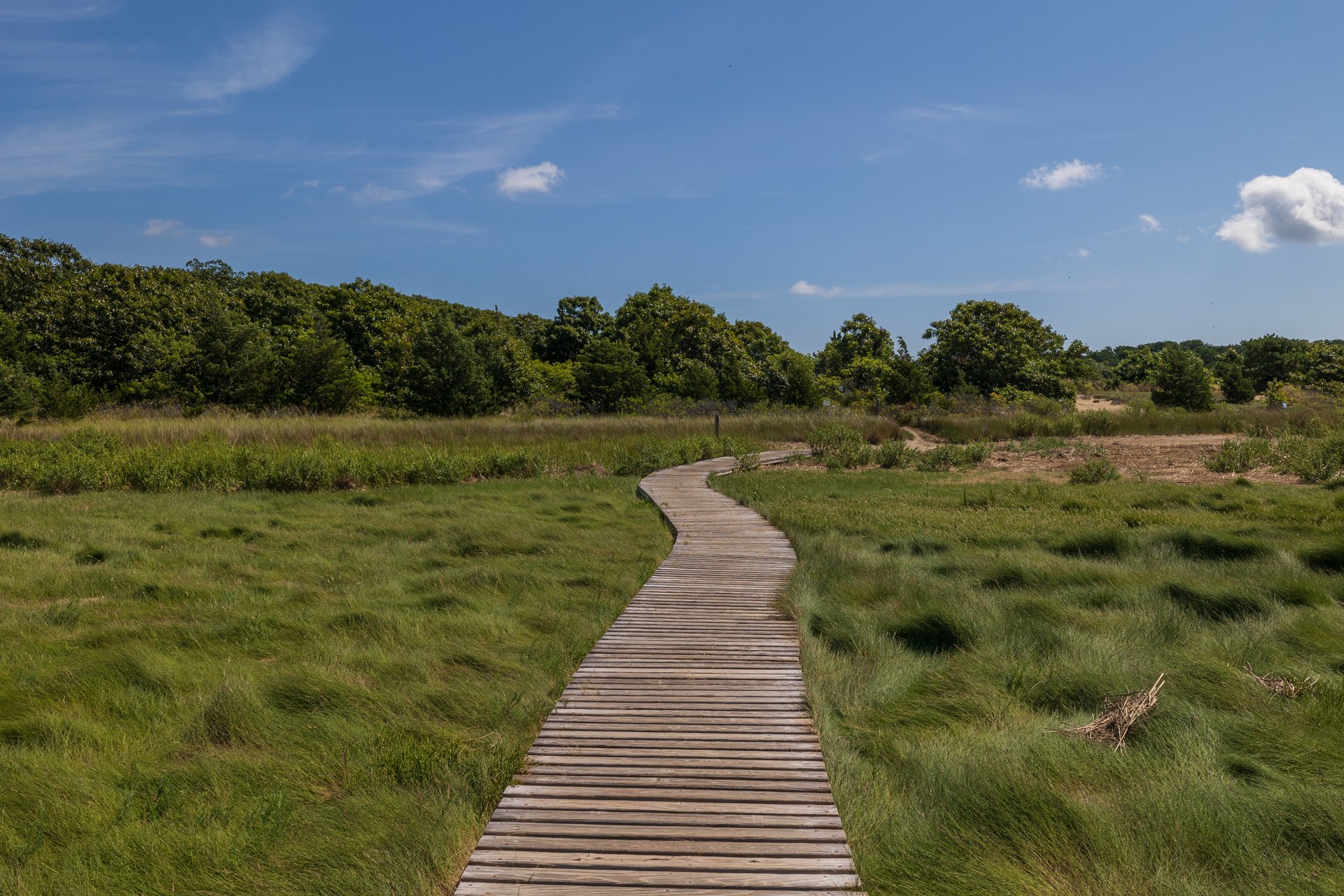Wellfleet Bay Sanctuary History
If you were here 150 years ago, you’d be in the middle of asparagus and turnip farms, open fields and salt hay meadows. Dairy cows grazed nearby. Wellfleet Bay was also a fishing port. The pre-settlement forests had been cut down long ago and the open bay was filling into salt marsh.
In 1929 when Dr. Oliver Austin arrived, duck hunters had replaced the fishermen. Dr. Austin and his son banded birds instead of hunting them. The Austin Ornithological Research Station became one of the largest private bird-banding stations in the world. Today, the Austin’s legacy of conservation lives on.
Here at Wellfleet Bay, you can view the largest unditched salt marsh on the lower Cape and walk through woodlands that are transitioning into native pine and oak forests. You may hear the calls of migrating shorebirds as they stop to rest and feed on our beaches and mudflats from mid-July through October.
In winter, Canada geese and black ducks call from the marsh and the bay. Throughout the year, you are likely to hear many different birds at our Sanctuary and may observe a wide variety of other wildlife from turtles and frogs and Fowler’s toads to chipmunks and squirrels, to muskrats and fiddler crabs.
Renew your spirit through the sound of the wind, the smell of salt air, and the blue waters of Cape Cod Bay.



